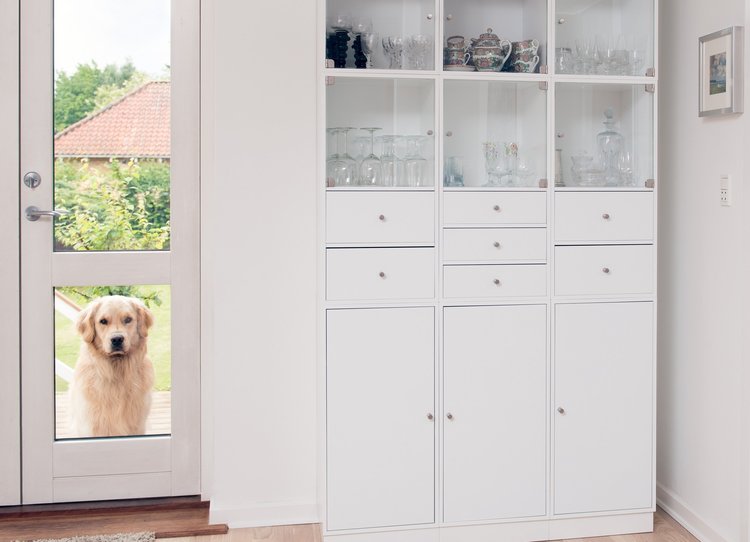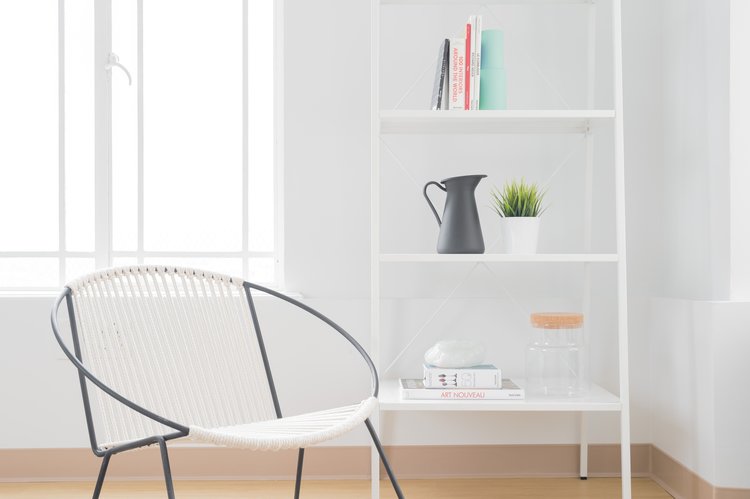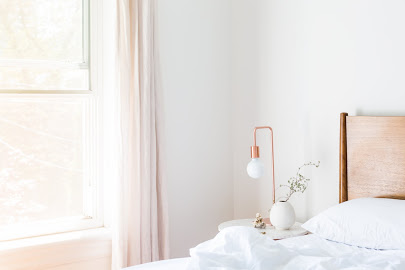Spring is here and a perfect time to share some thoughts on clutter and household organization.
Modern psychology can connect what we do with our living environment and the state of our minds. While a “creative mess” may be stimulating for artists, a messy and cluttered home can hardly be the platform for a cheerful and successful person or family. I myself feel chaotic and itchy when I spend too much time in a messy place.
The KonMari Method
The brilliant Marie Kondo says “Life truly begins only after you have put your house in order”. Nowadays, I almost exclusively use the KonMari method to help my clients find new appreciation for their belongings and a way to manage their households with ease and joy.
Mari Kondo’s tidying philosophy goes way beyond simple discarding, storing, and organizing techniques. It is a mind-set and it makes a lot of sense. The KonMari method empowers its followers to convert to efficient, beautiful organization in their home that can easily be maintained long after the initial tidying.

Organization Tip #1
CORE PRINCIPLES OF FENG SHUI AND ENERGY FLOW
Ancient Chinese masters discovered the strategic placement of buildings and elements to enhance protection and well being as early as 5000 years ago. Not much has changed since then in terms of comfort and sense of well being. Comfort is based on safety. Ever wondered why most people choose a booth over a table in a restaurant or why a bouquet of flowers makes for a more cheerful gift than a cactus? It’s all about setting our survival instincts at ease and letting nature’s beauty and spatial order allow our eyes and minds to rest.
When it comes to interior design, form feng shui supports interior design beyond what a space looks like to how a space feels. The free and balanced flow of the life-giving energy called “qi” (pronounced: chee) is the most important aspect in Feng Shui. Feng shui supports interior design with proper natural lighting, natural textiles and materials, wall colors that support elements, intuitively positioned furniture, attractive wall art, pleasing accessories, and a lack of clutter. Without knowing anything about feng shui, many people use form feng shui principles intuitively when arranging a room and think “It just flows”. While a lack of good feng shui is often perceptible when a space feels uninviting and bleak. This is why interior design and form feng shui intrinsically go hand in hand.

Organization Tip #2
MENTAL, EMOTIONAL, AND PHYSICAL CLARITY
Feng Shui influences are often subtle and detected merely by a sense of ease surrounding a space. Here are specific examples of how feng shui often influences interior design.
Entryways: a person feels more comfortable entering a house when the front door opens to a confined hallway or foyer instead of the entire openness of the house. The entry serves as a buffer as the senses adjust to an unfamiliar space. A smaller space like a hallway or visual barriers feel initially safer. Shelves or a sofa can help create such a buffer.
Kitchen: hanging pots and pans from the kitchen ceiling may look like a French country kitchen, but it actually feels uncomfortable for some people as it represents heavy items that could hit their heads. The same counts for a knife block stocked with sharp knives on the counter. It subliminally feels threatening. Full spectrum lighting in the kitchen prevents it from looking dingy. Round dining tables are better for conversations.
Offices: the human eye is drawn to plants and greenery because it reminds us of food harvests, shade, and shelter. Again, it’s subliminal but effective. Studies have shown that office spaces with healthy plants foster more productive and less anxious employees.
Bedrooms: when it comes to feng shui, the two most important aspects of a bedroom design is the placement of the bed. Can you see the door when laying in bed but not lay in the direct line of the door? If an intruder were to enter, you want to see them before they see you. The headboard should be solid versus with holes and spaces. People feel more relaxed when their head is protected.

Organization Tip #3
ATTENTION TO PATTERN, TEXTURE, COLOR AND FORM
In interior design patterns, texture, color, and form are crucial elements. They all add to the completion of a room composition. Unless it’s a small or designated space, I generally recommend to keep wall colors monochromatic (versus a bold wallpaper or mural pattern) to represent a uniform canvas. Patterns are weaved in to the design through flooring, rugs, wall art, window coverings, wallpaper, and accessories. Texture and color are important elements in large furniture pieces. Again, I prefer a solid color for larger pieces of furniture since i.e. a sofa is something people keep for a long time and a versatile color can aid in the longevity of the room design. Pops of color and texture are integrated through rugs, pillows, pictures, decorative items, and even window treatments. Many people prefer seating and sleeping furniture with soft fabrics and rounded contours rather than cold click surfaces and sharp edges.
In feng shui, rounded edges are more natural and furniture with rounded edges are more inviting. Feng shui in interior decorating is all about bringing natural elements in to the mix. Patterns resembling natural shapes tend to be more relaxing than stark geometric shapes. Feng shui is big on texture and natural surfaces. A live edge table, healthy plants, a sheeps skin rug, a bowl of shells or rocks make for perfect examples of richly textured items that balance the feng shui in design. Wall and fabric colors can support a given life aspiration area like for instance blues or black in the North Career area of the space.
Regardless of whether you are ready for a tidying marathon or just want to tackle a specific area in your home, spring is a perfect time to get motivated. Spring is all about renewal and rebirth.
While spring cleaning has the obvious benefits of an organized closet, a sparkling countertop, and possibly more open spaces, more importantly, it has been associated with improved mood, decreased stress, and heightened creativity. According to Psychology Today, organization and order have been associated with choosing to eat more healthily and being more generous.
So, let’s open up cabinets, closets, storage rooms, and garages and allow the fresh air of springtime to renew and inspire our senses.
The goal with D Conti Living is to offer interior design and feng shui services that complement each other. When feng shui and interior design work together, the result is harmony, joy, and abundance.
Is your home craving a refresh? Are you interested in getting started with Feng Shui and Interior Design? I am offering FREE initial Consultations to all new clients. I look forward to hearing from you!
Also read my reviews here!

